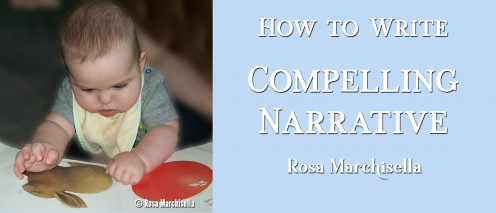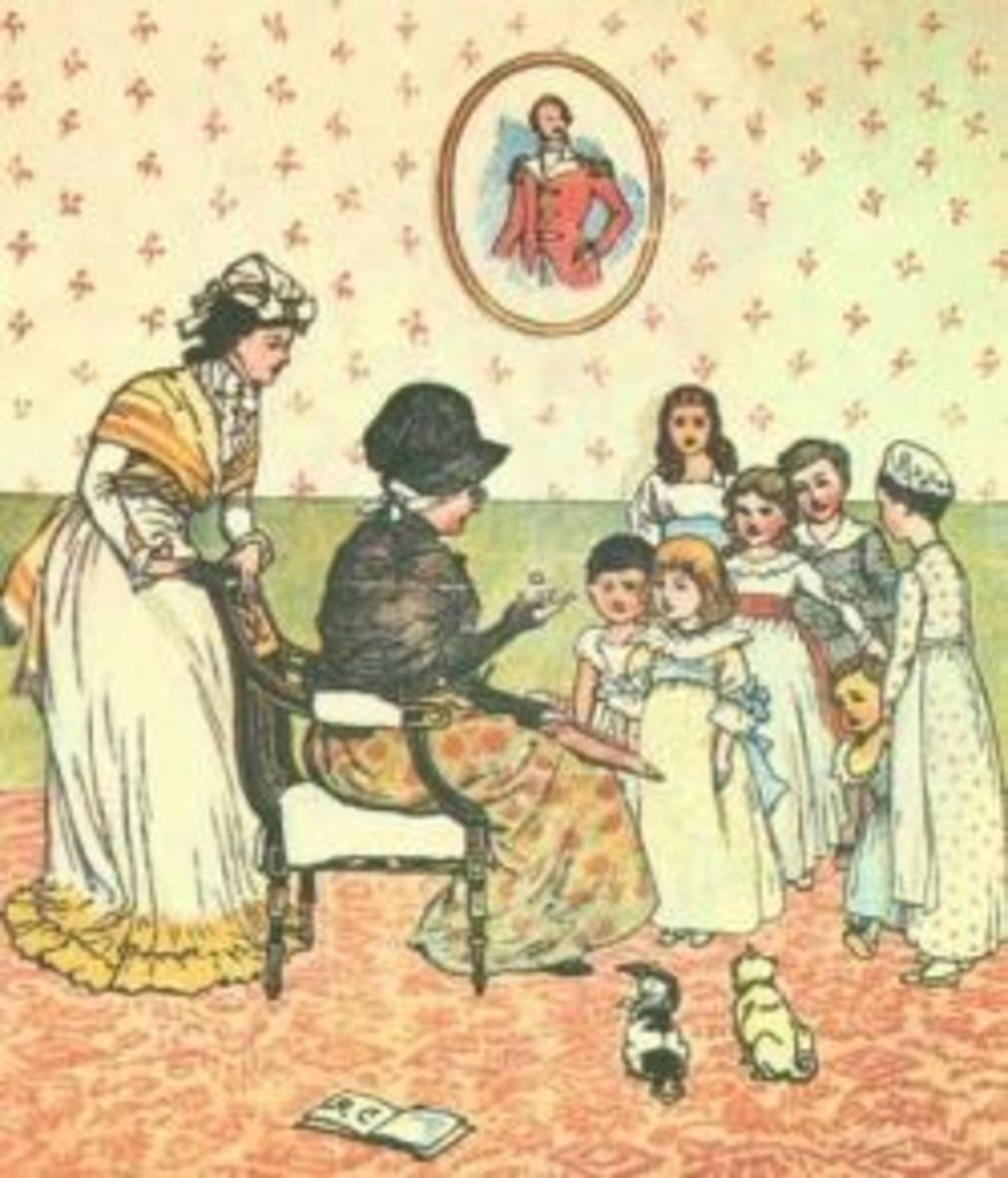How to Write Compelling Narrative

Make Your Voice Strong
Narrative is the reader's path through your story. It needs to be clear, genuine and relatable if it is going to guide your audience safely and happily to the end of the tale. Here are a few tips to help you meet this goal.
Know Your Genre
Sometimes, writers get a great story idea that falls outside their area of knowledge. It is very important to learn more about the genre before writing for it, so you can use the accepted language and style of the genre.
A writer who attempts science fiction without knowing the science had better be very clever about getting around it to survive. A crime writer needs to know legal terms and procedures, criminal science, behaviour science and all sorts of jurisdictional details. An author of children’s books should have some understanding of what appeals to children, as well as what the industry standards are for format, length and artwork.
To avoid genre mangling, read up on the genre or find books in the genre you're embarking on to learn all you can about the style and language.

Reality Check
Research is vital. A writer loses credibility when the facts are wrong. The reader depends on the author to establish the reality and stick to it throughout the story, especially in niche genres like fantasy, horror, history and science-fiction. If one establishes that blue lights make human flesh melt, then that is the reality of that story-world. It must not change unless the author clarifies that there are special circumstances. For example, blue lights make human flesh melt, except when the humans are wearing a magical amulet. In such a case, a new law is established that must also be adhered to in the story.

Example
The movie, Timeline demonstrates this wonderfully. The reality was set to match current day laws of physics as we know them. An exception is made by introducing time travel. This exception to the reality is explained (a wormhole that connects present day to a specific era and location in the past). Its mechanics (the time machine and the pendants needed to recall the travellers) become law for the story. The characters must abide by the rules: No one can move back in time without the machine’s connection to the wormhole and the travellers cannot return to present day without the pendants.
Knowledge Is Power
For historical stories, this means knowing the era of the story explicitly. A historical writer will be completely discredited if a howitzer shows up in feudal Japan. Of course, that is an exaggerated example. A shuriken (throwing star) in the hands of a samurai is just as big of an error to a reader who knows that a samurai would never dishonour himself by using one.

Keeping It Straight
One way to keep all the facts straight is to create a story bible. This is a book or document that contains a writer’s story outline, research, descriptions, special words or phrases, religious and/or political elements, customs, timelines, special dates, genealogy, locations and even pictures. Essentially, everything that the author needs to know about the world, era and people he or she is writing about.
For fantasy writers, this would include descriptions of races, weapons and armour, and the magic system (if any). Science fiction writers would include descriptions of the science that makes their reality function. Mystery writers may keep a bible of poisons and their effects. A story bible is the author’s best friend.

Hitting too Close to Home
Fiction readers are looking for an escape from the worries and troubles of their lives. They often don’t want to be confronted with “reality” in their reading material.
Readers can be turned off by topics that are too similar to the everyday horrors they face in the real world. One of the reasons that Stephen King, Anne Rice and Clive Barker do so well is that the nightmare things they write about aren’t real-life problems for their audience.
A good writer takes the reader outside of reality. The character’s troubles are things the reader doesn’t have to worry about facing in everyday life. This is way, the reader is allowed to feel emotions they would normally avoid (sadness, fear, anger, etc.). This “emotional therapy” helps the reader better confront their own reality. It also builds a bond between reader and author that will bring the reader back for more.
News articles, informational releases and non-fiction deal with real-life issues that are important to the reader. That is their whole purpose. They will be better received if written constructively with optimism. Even when the topic is upsetting or bleak, it is vital to give the reader a sense that the problems can be overcome. Offer alternative opinion or options. Explore possible solutions that are available or being investigated. When a reader is given a sense of hope, justice or relief, they will keep coming back for that author’s views and thoughts on other topics.
More Writing Tips
Here are some other articles to help you craft inviting quality writing:
Writing Basics: Covers the basics to help keep writers on track.
Character Crafting: Vital guidelines to crafting believable and relatable characters.
How to Plot Your Story: Basic guide to plotting with downloadable character sheet and checklist.
How to Write a Blurb: Concise walk-through with example.
5 Tips for Writing Short Stories: Five tips to help your short stories shine.
8 Sources of Inspiration for Writers: Awesome simple resources where you can find inspiration when you're stuck for ideas.
© 2011 Rosa Marchisella








